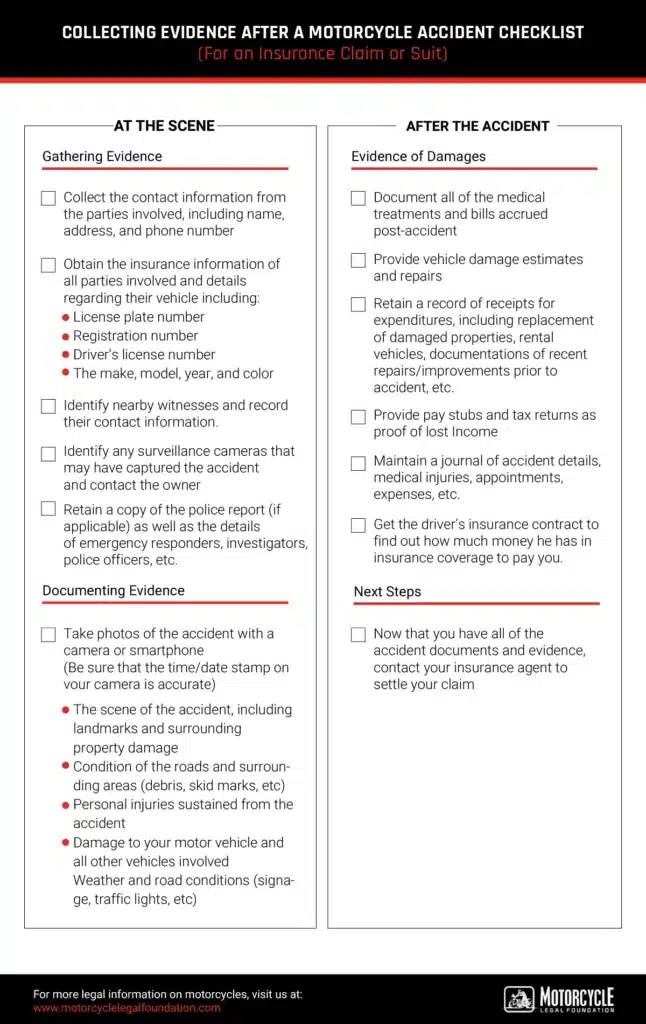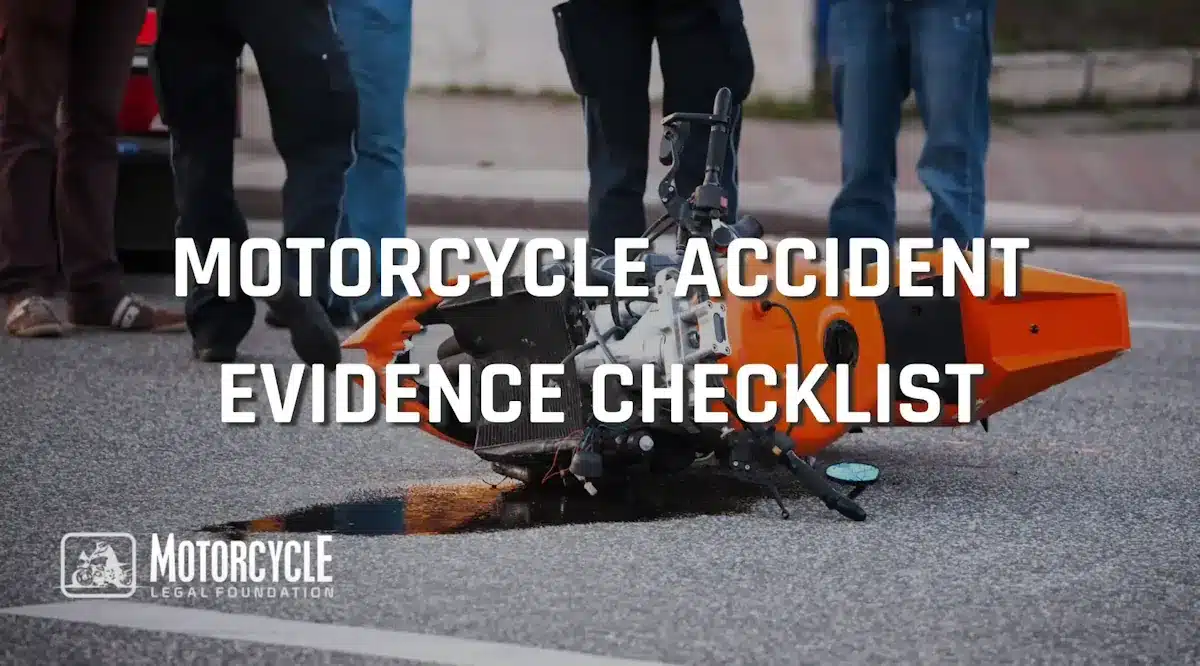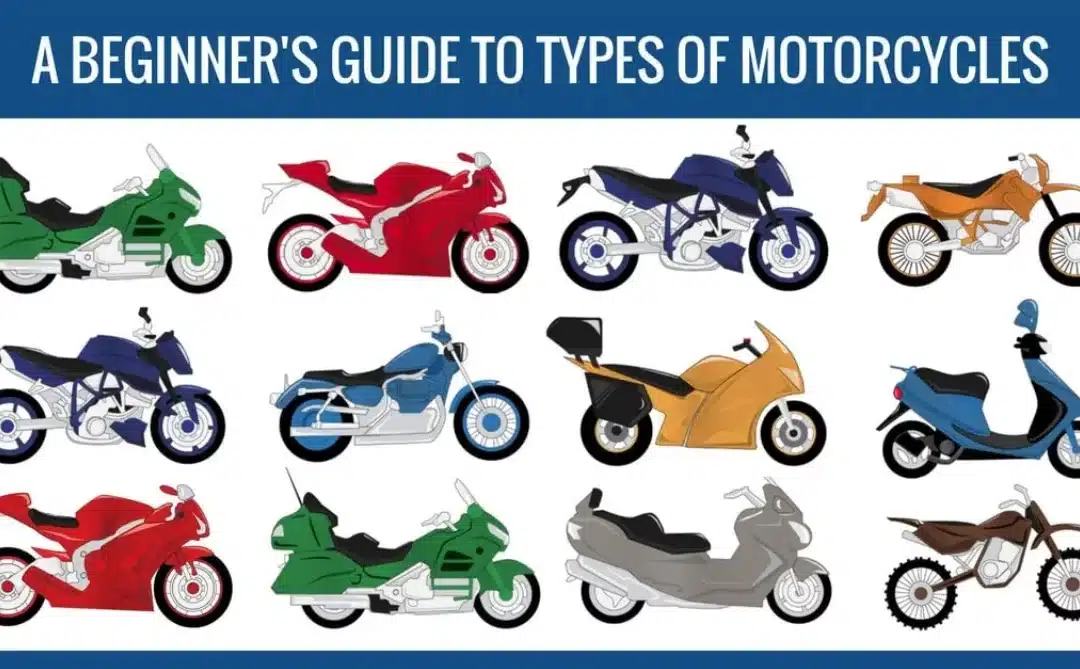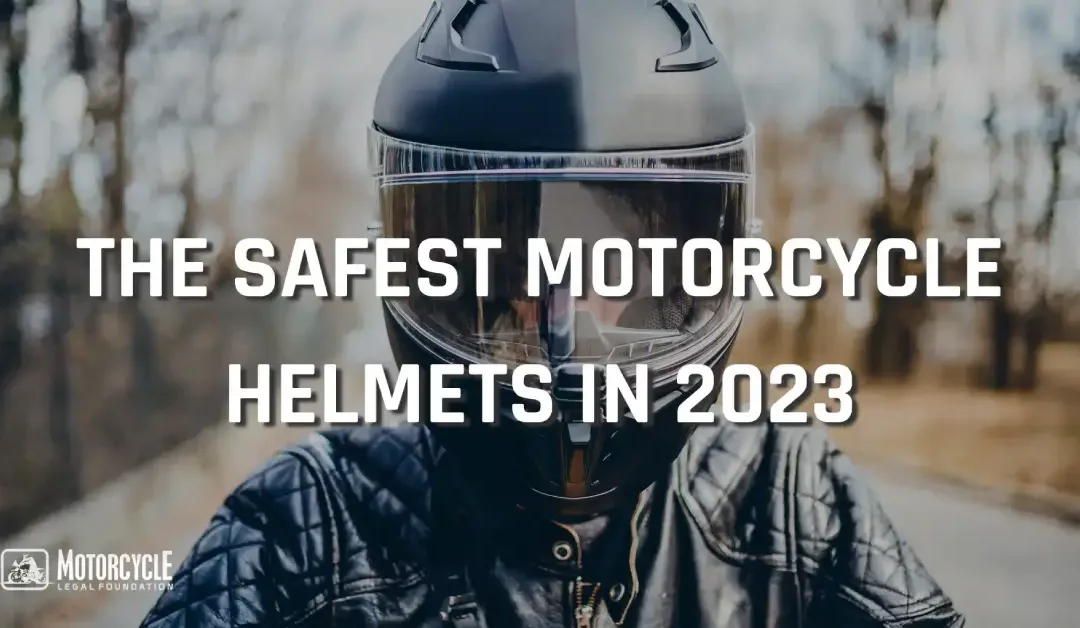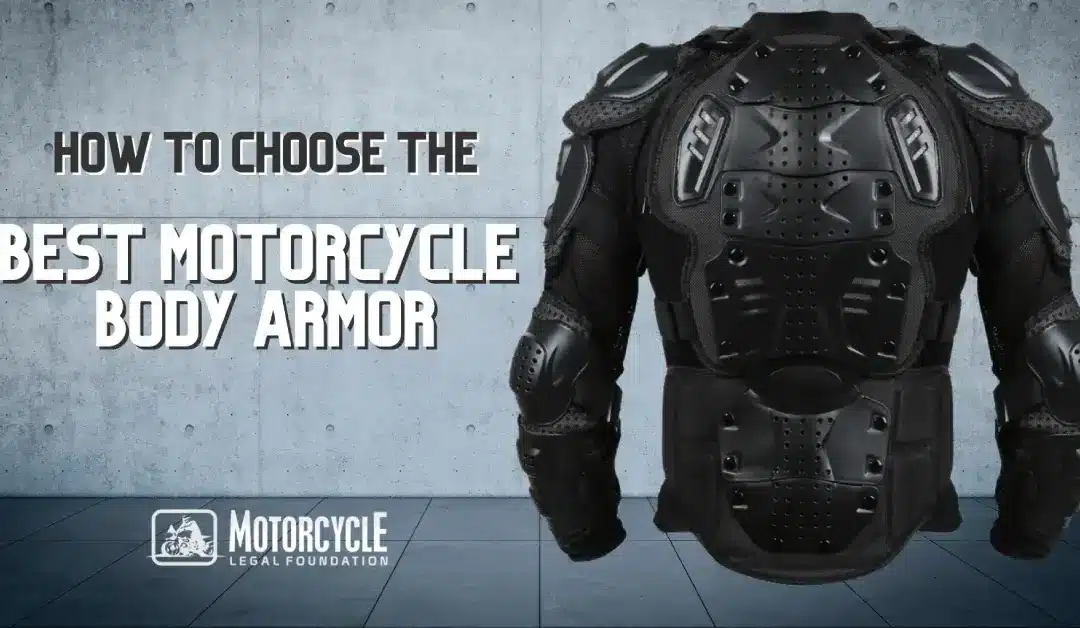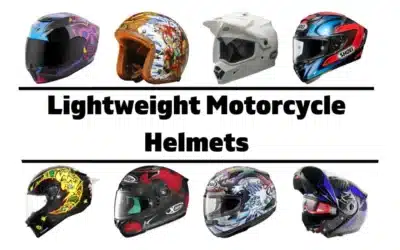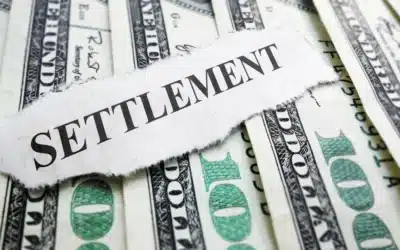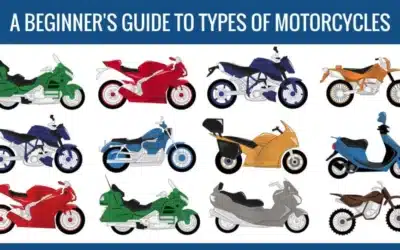Motorcycles are more common on the roadways than ever before. According to Forbes , motorcycle accidents accounted for 14% off all traffic deaths in 2020. Based on the same report, 34% of motorcycle fatalities involved speeding, and 2,143 of motorcycle accident deaths occurred when not wearing a helmet.
This tells us how important is to be prepared in case you are a victim of any tragic incident similar to the mentioned above. Part of this preparedness is understanding what to do if a crash occurs, particularly strategies motorcyclists can use to make sure they collect the right evidence after a motorcycle accident to preserve their right to compensation if they are injured due to another motorist or pedestrian’s negligence.
As a preliminary note, it is important to understand that after a motorcycle accident, making sure you and everyone else involved is safe is the most important matter to attend to. Accordingly, always seek medical attention if you need it or request help from others. After this, the second most important task is to make sure one collects two principal areas of evidence:
- Accident evidence
- Evidence of damages
How to collect motorcycle Accident Evidence in 2023
If at all possible, you should start gathering proof at the scene of your motorcycle crash. You will need proof of what caused the accident, how badly you were hurt, and how much you should get in pay. Here are some types of proof that could be useful.
Police Report
When the police officer arrives at the scene of the crash, he or she will look into what happened and write a police report. Even though the police record can’t be used in court, it can help you show what caused your crash by telling you things like:
- Statements from both you and the driver who was careless
- Witness statements
- Telling how the crash happened
- A picture of the scene of the accident
- Officer’s thoughts on who caused the accident
- Any tickets for speeding
Pictures
Use your cell phone to take pictures of the damage to the car and your motorbike, the crash scene, the weather, skid marks, your injuries, and anything else that could help prove how the accident happened. If you are too hurt to take the pictures yourself, ask someone else to do it.
Witness Statements
Get the names and numbers of people who saw your crash and what they said. Eyewitnesses can back up the fact that the other driver was careless. If they don’t know you, they may be able to convince his insurance company that they are responsible for your injuries even more.
Insurance Policies
You will need to get the driver’s insurance contract to find out how much money he has in insurance coverage to pay you. You should also look at your own coverage in case you need to file a claim because the biker who hit you didn’t have enough insurance or didn’t have any at all.
Health records
It is very important to keep good medical records. They can figure out how bad your injuries are, what treatments you need, and what your end outlook is for getting better.
Expert Witnesses
Depending on the problems you have with the insurance company, you may need to hire expert witnesses. Experts in medicine are often needed. An expert in figuring out what happened in an accident, an engineer, and an expert in economics can also be very helpful.
Proof of what you’ve lost
You will also have to show how much money you should get as reimbursement. Here are some types of proof to look for:
Medical bills
Pay stubs and other proof of the wages, bonuses, profits, and other perks of your job that you lost.
Estimates and papers for how much it will cost to fix or replace your bike, helmet, clothes, and anything else that was damaged in the accident.
Have You Been Involved In A Motorcycle Accident?
Our professional legal team screens submissions and assigns cases to some of the best motorcycle lawyers in the US.
Download our FREE motorcycle accident checklist today!
